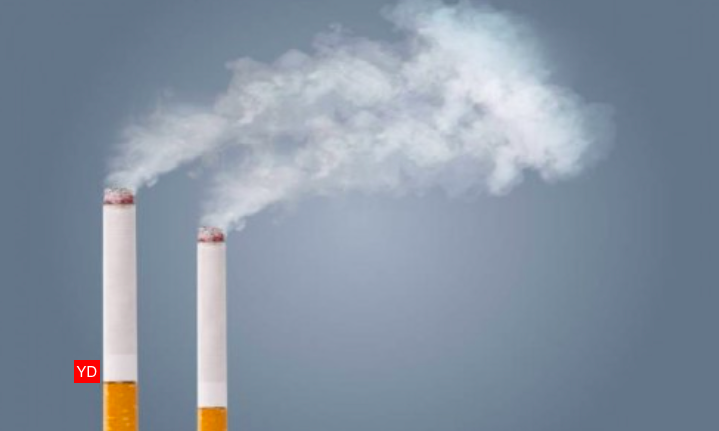While tobacco is harmful for human health, it also causes severe damage to the environment. The costs of cleaning up littered tobacco products fall on taxpayers, particularly in countries like India, rather than the industry creating the problem, said the World Health Organization (WHO) on Tuesday.
The agency has called for steps to make the industry more accountable for the destruction it is causing.
According to the WHO, every year the tobacco industry costs the world more than eight million human lives, 600 million trees, 200,000 hectares of land, 22 billion tonnes of water and 84 million tonnes of CO2.
The WHO report “Tobacco: Poisoning our planet” released on the occasion of World No Tobacco Day, observed every year on May 31, highlights the industry’s carbon footprint from production.
The report showed how taxpayers around the world had been covering the towering costs of cleaning up the tobacco industry’s mess.
“Each year, this costs China roughly $2.6 billion and India roughly $766 million. The cost for Brazil and Germany comes in at over US$200 million,” the WHO report said.
On the other hand, countries like France and Spain and cities like San Francisco, California in the US have taken a stand. They have successfully implemented “extended producer responsibility legislation” which makes the tobacco industry responsible for clearing up the pollution it creates.
The majority of tobacco is grown in low-and-middle-income countries, where water and farmland are often desperately needed to produce food for the region. Instead, they are being used to grow deadly tobacco plants, while more and more land is being cleared of forests.
China, Brazil, and India are the largest tobacco leaf growers, with China accounting for 3.2 million metric tonnes.
“Tobacco products are the most littered item on the planet, containing over 7,000 toxic chemicals, which leech into our environment when discarded. Roughly 4.5 trillion cigarette filters pollute our oceans, rivers, city sidewalks, parks, soil and beaches every year,” said Dr. Ruediger Krech, Director of Health Promotion at WHO, in a statement.
Products like cigarettes, smokeless tobacco and e-cigarettes also add to the build-up of plastic pollution. Cigarette filters contain microplastics and make up the second-highest form of plastic pollution worldwide.
The global health body has called on policy-makers to tackle the menace of single use plastics, and consider banning cigarette filters to protect public health and the environment.
The WHO has also urged countries to give support to tobacco farmers to switch to sustainable crops, implement strong tobacco taxes (that could also include an environmental tax) and offer support services to help people quit tobacco.


